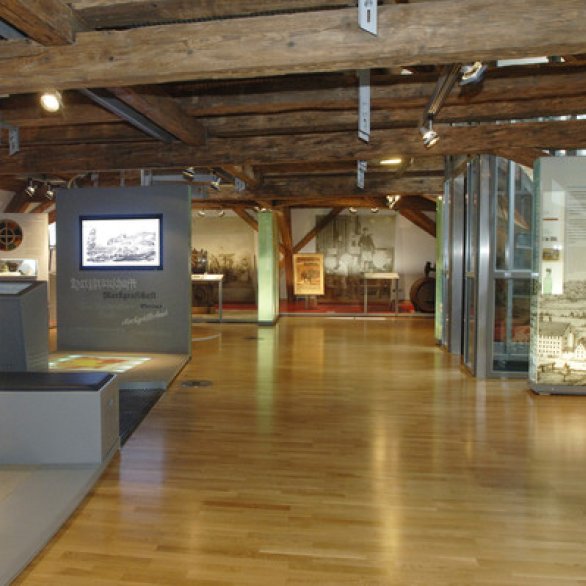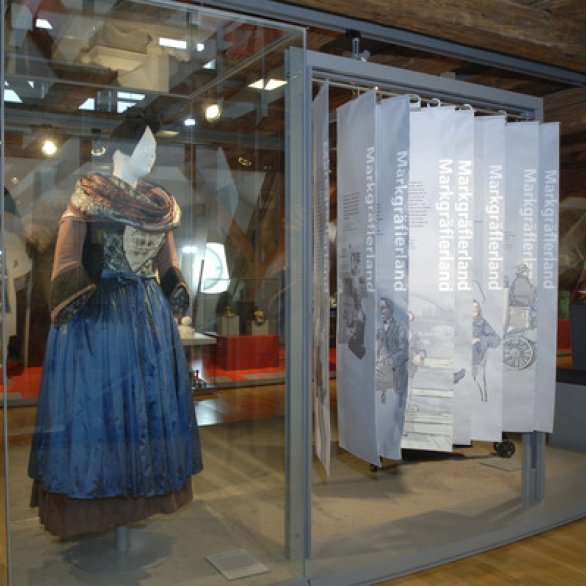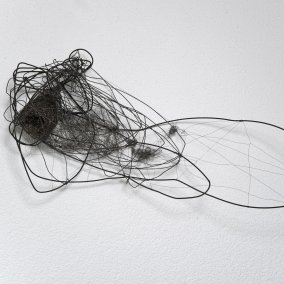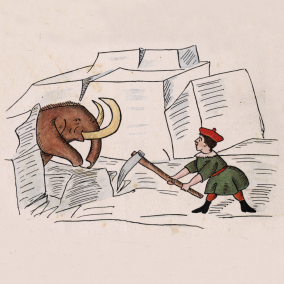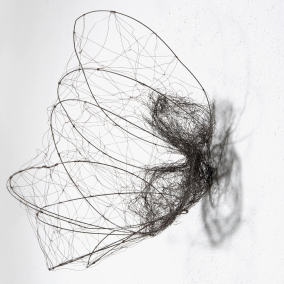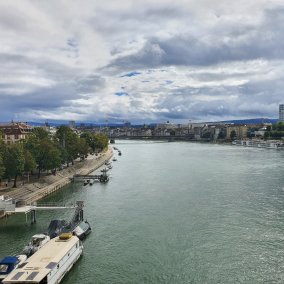The ‘Markgräfler Museum Mühlheim' has become the most important museum of local history in Freiburg, Mulhouse and Basel/Lörrach. The museum is located in a neo-classicist house in the city centre of Mühlheim. The building was constructed in 1780 and resembles a French townhouse. It used to host the restaurant ‘Gasthaus zur Krone' and the city council.
Four themes are presented on 1,500 square meters on four floors:
- The historical wine cellar invites visitors to learn more about the history of viniculture in the Markgräfler region.
- The ground floor is home to interactive modules that inform about the interesting geology and archaeological findings from prehistoric times, Roman times and medieval times.
- The first floor is dedicated to modern regional art, classical modernism and contemporary art, including works by Jürgen Brodwolf, Artur Stoll and Bernd Völkle.
- Five rooms on the ‘Bel Etage' showcase domestic culture in the 18th and 19th century. The French influence can be found in the items of the wealthy owners of local vineyards, such as oil paintings by Ferdinand Keller and Johann Martin Morath.
- The recently extended attic floor hosts a modern exhibition about regional history and its development in late medieval times.
Four themes are presented on 1,500 square meters on four floors:
- The historical wine cellar invites visitors to learn more about the history of viniculture in the Markgräfler region.
- The ground floor is home to interactive modules that inform about the interesting geology and archaeological findings from prehistoric times, Roman times and medieval times.
- The first floor is dedicated to modern regional art, classical modernism and contemporary art, including works by Jürgen Brodwolf, Artur Stoll and Bernd Völkle.
- Five rooms on the ‘Bel Etage' showcase domestic culture in the 18th and 19th century. The French influence can be found in the items of the wealthy owners of local vineyards, such as oil paintings by Ferdinand Keller and Johann Martin Morath.
- The recently extended attic floor hosts a modern exhibition about regional history and its development in late medieval times.
